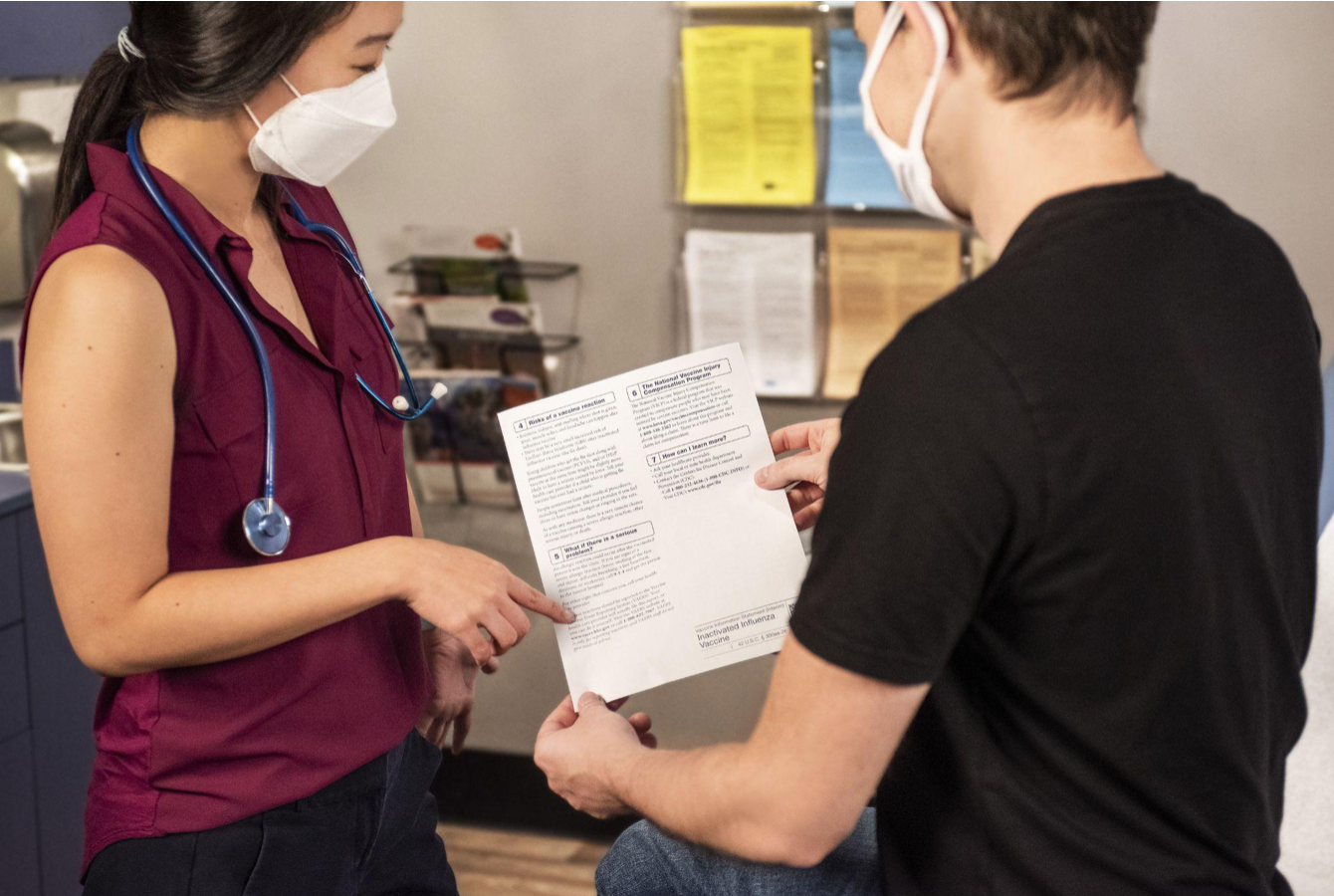Remember that the best way to avoid errors is to train and empower your medical staff to improve their coding practices.
Medical coding is an essential component of a patient’s clinical records. Physicians use these codes to document patients’ clinical history and treatments. Unfortunately, medical coding errors are prevalent, resulting in denials and claims, which can cause fines, lost income, and imprisonment. Thus, following appropriate standards while writing medical coding can help medical professionals avoid sanctions. This post will help you learn about the most common mistakes in medical coding and how to avoid them.
What is medical coding?
Medical coding is an alphanumeric code that follows national and international guidelines. It is the method through which a healthcare professional documents a patient’s disease diagnosis and procedures. This code is written in the patient’s medical record.
Medical coding aims to homogenize and unify clinical language. It consists of “calling the same thing by the same name.” For example, each disease is assigned a code so that professionals can standardize the language used in clinical practice.
One of the most significant benefits of coding is that it expedites the billing process while maintaining the confidentiality of the patient’s medical information.
What is the role of a medical coder?
A medical coder transcribes a physician’s notes into a series of universal codes to organize, manage and classify patient data. Medical coders use codes to record a patient’s medical history and the services provided.

This data can be shared with healthcare providers and insurance companies. Thus, a medical coder serves as a link between healthcare providers and the billing office. They ensure that the patient, the physician, and the insurance company pay and get the proper payment.
What are the most common medical coding errors?
1) Providing incorrect information. It is the most prevalent mistake and the major source of claims. These errors are usually because the medical code is produced quickly and is not examined before submitting it. To avoid sharing incorrect information, check that the following data is correct:
– Patient information
– Insurance and medical provider information
– Treatment code
2) Upcoding. It occurs when more procedures are recorded than provided by the medical provider. It can also happen when codes are used for more expensive or complicated services. This upcoding illegally increases revenue since more serious codes require higher payments.
3) Undercoding. Contrary to overcoding, this occurs when codes are mistakenly omitted from the patient’s bill. Undercoding can also happen because the physician did not provide accurate patient information or because the billing department made a mistake entering treatment codes.
4) Duplicate billing. This error is common when patients reschedule or cancel appointments, and healthcare providers fail to update the appointment status. It occurs when a patient has two or more bills for a procedure that was only performed once.
5) Forgetting to verify the patient’s insurance. Patients may change insurance, or insurance providers may change the patient’s coverage. Failure to verify insurance before performing a medical procedure may result in billing being denied.
6) Treatment code error. These usually occur because a mistake in entering a code or a patient’s medical procedure has been incorrectly documented. Employees may not have been updated on the latest coding standards if the errors are continuous.
How do you avoid coding errors?
– Carefully review the patient’s medical codes to avoid later claims and unnecessarily lengthy processing.
– Invest in claims management software. This type of software can detect billing errors and prevent future claims.
– Hire a medical coder. Having an experienced medical coder can prevent and anticipate billing errors.
– Continually train healthcare providers, so they know the most common coding errors and can prevent them. Regular training keeps workers updated on current coding requirements and helps decrease error rates.
– Check the patient’s insurance regularly. Before performing any medical procedures, check that they are covered by insurance.
What are the consequences of medical coding errors?
Medical coding errors can result in income loss since the government and insurance companies will not accept bills that contain errors. Errors impede timely refunds and will only be made after you file a clean claim. Also, these mistakes may prevent a patient from obtaining prompt medical treatment.
The most severe consequences are related to upcoding, as they are considered acts of medical fraud and abuse. Upcoding can result in federal penalties and costly fines, diminishing your credibility as a healthcare provider.
A healthcare fraud lawyer is the type of attorney you need to contact if you have legal problems with medical coding errors. These lawyers have experience with healthcare providers and insurance companies and can help you avoid significant fines.
Conclusion
Medical coding does not have to be a headache for your company. The most frequent code errors may now be corrected and detected by qualified persons and specialist companies. Remember that the best way to avoid errors is to train and empower your medical staff to improve their coding practices.


Join the conversation!